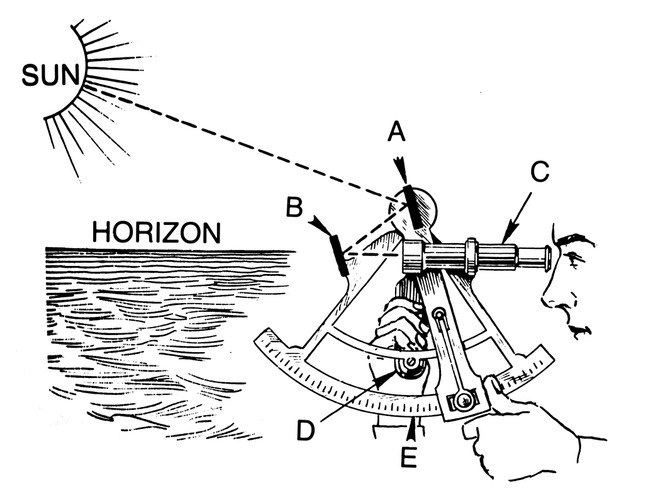This handbook has one key takeaway that sums up all chapters into one piece of advice. It applies independently of your life situation, your business challenges and the various frustrations that accompany an artist’s life. Here goes: Understand that art processes are always there for you, no matter the distance you feel towards them.
Remember that making art will heal you in tiny bits, even though your work might not be exhibited and often not be bought, even though it might be misunderstood, misrepresented, misused and more. Nevertheless, making art will heal you because when you disregard all the noise that defines the various art worlds, your art practice helps you focus your mind, helps you create a flow, helps you manifest and work through troublesome (and joyful) times. It helps you by offering meaning to yourself and others.
Understand that art processes are always there for you, no matter the distance you feel towards them
Your art processes are always there for you, no matter the distance you feel towards them. It doesn’t matter how much time you can invest into artmaking – whether it’s only fifteen minutes a day, or sometimes even less. It is there for you if you “only” manage to squeeze in half an afternoon per week, and even if you haven’t been in touch with art making for half a year. As long as you ponder getting back into making art, your voice and strength is all there, in its full potential. In you.
It’s OK to get lost outside of the process. If this is the case for you: embrace yourself, and see the relevance of your current journey. Understand that “living your life” never stands opposed to making art – to the contrary: it complements it. Embrace whatever life you’re leading right now, trusting that when the time comes, the depth and diversity of your recent experiences will enhance your work in ways yet unseen.
In this way, your artistic processes are safe spaces to get back to whenever you’re ready. They’re available to you even after weeks, months or years of distance. Don’t feel guilty, lost or a failure for living apart from artmaking: art isn’t guilt, but possibility and challenge. Whenever you’re ready again, continue your artmaking journey. It isn’t the results that matter – artmaking is so much more than physical creation. Instead, what matters is your traversing the artist’s path, your path. Eventually, it will lead you back to your material, your tools, and to the creation of yet another piece.
Enjoy life.
